The National Museum of Ireland is the largest exhibition space in the country, telling about its history, culture and fauna. Visiting a historical museum is always interesting for an inquisitive traveler. For everyone else, we can say that admission to all departments of the museum is free. We will tell you where the branches of the national museum are located and what to see there in this article.
The collection of the National Museum of Ireland is so large that it cannot fit in any building. There are already more than 4,000,000 items on display, about half of which are the finds of Irish archaeologists, and their number continues to grow. The government decided to divide the museum into four branches:
- Natural history museum
- Archeological museum
- Museum of history and art
- Agricultural museum
The first three branches are located in the capital, and the last is located in the village of Tarlow, County Mayo.
Natural history museum in Dublin
Opening hours and admission
- Tuesday to Saturday: 10 a.m. — 5 p.m.
- Sunday & Monday: 1 p.m. — 5 p.m.
- Closed Christmas Day, St. Stephen’s Day and Good Friday
Admission to all four sites of the National Museum of Ireland is free.
How to get there
Address: Merrion St Upper, Dublin 2, Ireland
You can get here by tourist or city buses No. 2, No. 4, No. 6, No. 7, No. 38. The first one stops right in front of the entrance, and the nearest public transport stop is Merrion Row. From there you need to go to the Foley’s bar and, turning left, walk for about 300 meters.
This branch of the museum is one of the very first, it was founded in 1856. Since then, the museum exhibitions have not undergone significant changes, thanks to which you seem to be visiting a museum within a museum, a natural science and museum of museology of the 19th century. Locals call this museum the «dead zoo» because it houses over 10,000 stuffed creatures and the remains of prehistoric animals. You will learn all about the historical and modern fauna of Ireland and even see mammals from all over the world.
» READ MORE – Top 10 sights to see in Dublin
Archeological museum in Dublin
Opening hours and admission
- Tuesday/Wednesday and Friday/Saturday 10 a.m. — 5 p.m.
- Thursday 10 a.m. — 5 p.m. (8 p.m. during summer months)
- Sunday and Monday 1 p.m. — 5 p.m.
- Closed Christmas Day, St. Stephen’s Day and Good Friday
Admission to all four sites of the National Museum of Ireland is free.
How to get there
Address: Kildare St, Dublin 2, Ireland
The Museum of Archeology is located in the next building to the Museum of Natural History.
This is the largest branch of the national museum. Its halls house a huge collection of historical artifacts found by Irish archaeologists. Walking through the thematic halls, tourists can see the tools of labor of primitive people, jewelry from the Middle Ages, armor and weapons of knights, clothes of church servants and much more. Most of the exhibits relate to the culture and history of the Irish people, however, several rooms contain ancient Egyptian and ancient Roman artifacts.
A special place among the treasures of the museum is occupied by the finds of the Celtic period in the history of Ireland:
- Tara brooch, the «hill of the kings», is an amazing and beautiful legacy of the Celts, miraculously preserved to this day. Historians attribute its creation to the 7th–8th centuries, and its appearance still amazes with its grace. Until the end of the 12th century, Tara was the seat of government and the coronation of Irish kings. In the course of research, historians found out that the brooch must have a mirror part, which is lost. Similar jewelry, connected by a chain, was worn by the king of Ireland himself and one of his entourage.
- Ardagh chalice. The silver bowl, decorated with gold and bronze casting, dates back to the 8th century. It is one of the main treasures of the early Irish church and was used to distribute Eucharistic wine during Mass. In shape, it resembles the vessels of the decline of the Roman Empire, but its design is made in accordance with the Celtic traditions.
- Derrynaflan chalice. The church chalice found in the Killenol hoard is a masterpiece of metalworking art from the 10th–12th centuries. Previously, an abbey was located in this place, the ministers of which hid a silver bowl and several vessels for holding liturgies during the period of unrest, dynastic strife and Viking raids. The discovery was found only in 1980 and it immediately became the pearl of the National Museum of Ireland.
- Broighter boat. A unique piece of jewelry art dating from the 1st century BC. A miniature copy of a boat with oars and benches is made of gold. One can marvel at the achievements of ancient Irish jewelers.
It is hard to imagine, but the most ancient exhibits date back to the 7th millennium BC. At the expositions, you can examine jewelry, household items, weapons, armor and clothes of the Celts in detail, as well as see the mummy of the Clonycavan man. This is the miraculously preserved body of an Iron Age male found in the swamps of Clonycavan in 2003.
Only the upper part of the torso has remained, but scientists have recreated an approximate portrait of him. The man was about 1.57 m tall, and his facial features resembled David Beckham. Most notable, however, is the hairstyle of the Clonycavan Man: there was a mohawk, styled with hair gel on the man’s head. The gel was made from vegetable oils and pine resin in southwestern France and Spain in the 4th–3rd centuries BC This find was a proof of the existence of trade relations between Ireland and Europe even before the arrival of the Romans on their territory.
» READ MORE – Giant’s Causeway in Ireland
Museum of history and art in Dublin
Opening hours and admission
- Tuesday to Saturday: 10 a.m. — 5 p.m.
- Sunday & Monday: 1 p.m. — 5 p.m.
- Closed Christmas Day, St. Stephen’s Day and Good Friday
Admission to all four sites of the National Museum of Ireland is free.
How to get there
Address: Collins Barracks, Benburb St, Stoneybatter, Dublin 7, Ireland
You can get there by buses No. 145, No. 747, Parkgate Street stop, or by tourist bus.
The Museum of History and Art is located in the Barracks, a building in which there was a military garrison at the beginning of the 20th century. Here you can study the works of jewelry of the Middle Ages, dishes and utensils of the native Irish, military paraphernalia from the beginning of the 15th century and much more. Part of the exposition was brought from different countries and continents. With their help, the museum recreated the course of history on the territory of different parts of the Earth: in Asia, Africa, South America.
» READ MORE – 20 best castles in Ireland
Agricultural museum
Opening hours and admission
- Tuesday to Saturday: 10 a.m. — 5 p.m.
- Sunday & Monday: 1 p.m. — 5 p.m.
- Closed Christmas Day, St. Stephen’s Day and Good Friday
Admission to all four sites of the National Museum of Ireland is free.
How to get there
Address: Turlough Park, Castlebar, Co Mayo, Ireland
You can get to the museum by bus (Docklands stop, Samuel Beckett Bridge) or train (Castlebar station). But when drawing up the route, it is necessary to take into account that the railway station is located 8 km from the museum, so you will have to go by bus or taxi from it.
The only national museum in Ireland outside of Dublin, the Agricultural Museum, is located in County Mayo. It shows visitors the life and farming of the native Irish. The local flavor is shown in the context of the 18th century and allows you to fully immerse yourself in the atmosphere of life in the province, its traditions and foundations.
The most convenient way to visit the Agricultural museum in Ireland is traveling by car. You can read how to rent a car here (and here you can see the prices). As part of a self-guided trip, make sure to visit neighboring County Galway, famous for its rugged coastal scenery.
In each branch of the National Museum, souvenir shops are open for visitors, where you can buy glassware, books, toys for children, wool products and even models of Irish army soldiers. All of these will make great souvenirs. However, before visiting, keep in mind that there is no cafe in the museum, so it is better to take care of breakfast or lunch in advance.
If museum trips are not enough for you and you want to get to know Dublin and Ireland even closer, fascinating excursions from local residents are waiting for you here.
We hope you have an unforgettable trip in Ireland!

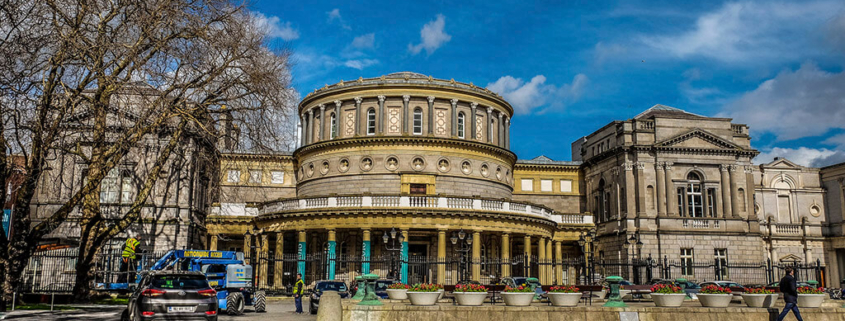

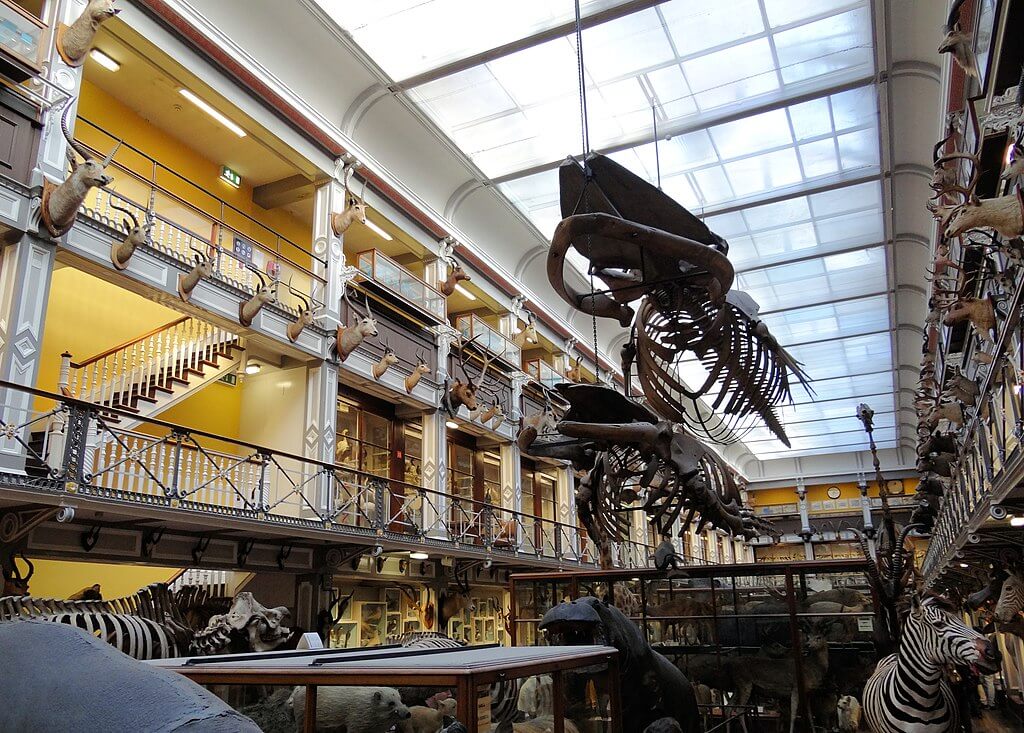
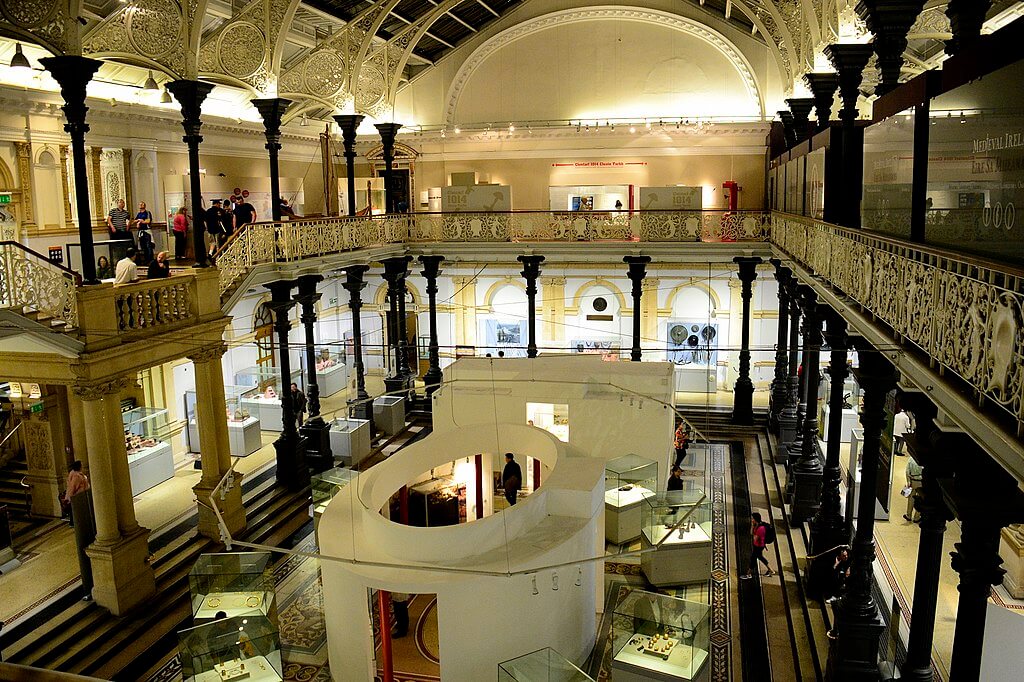
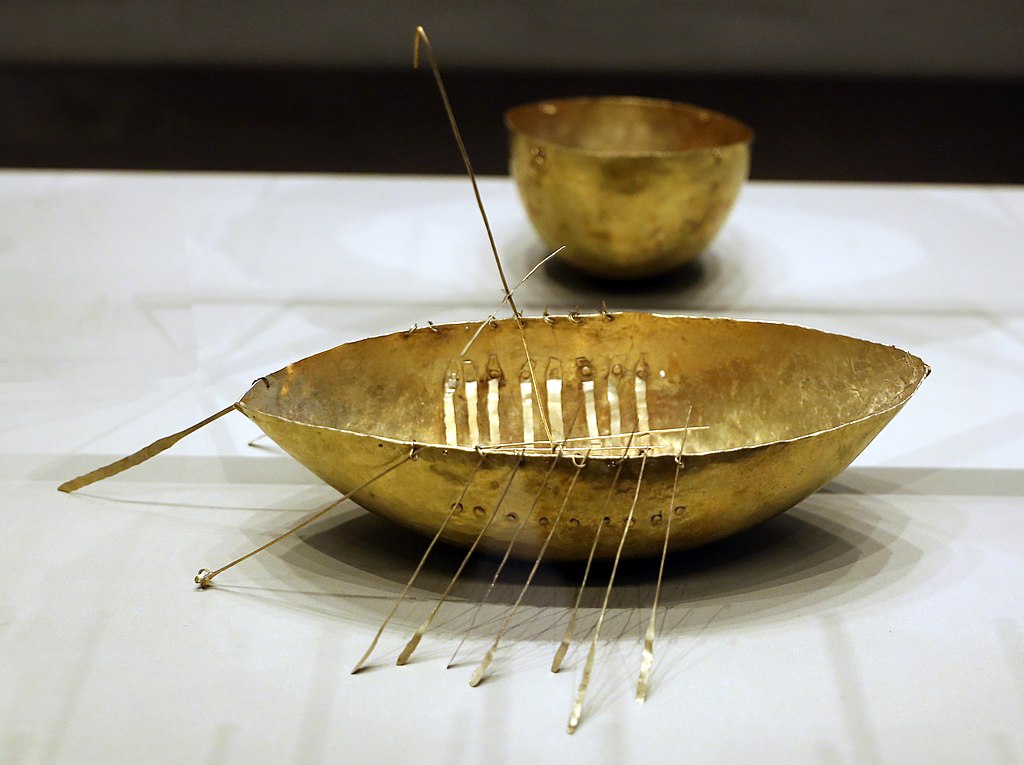
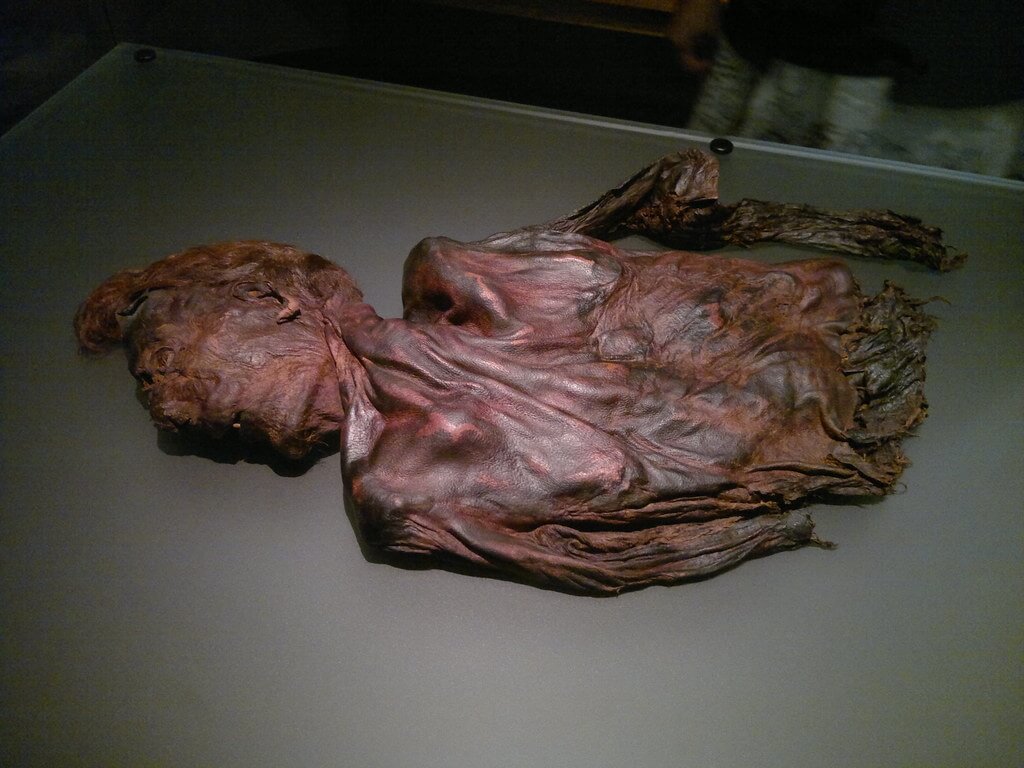
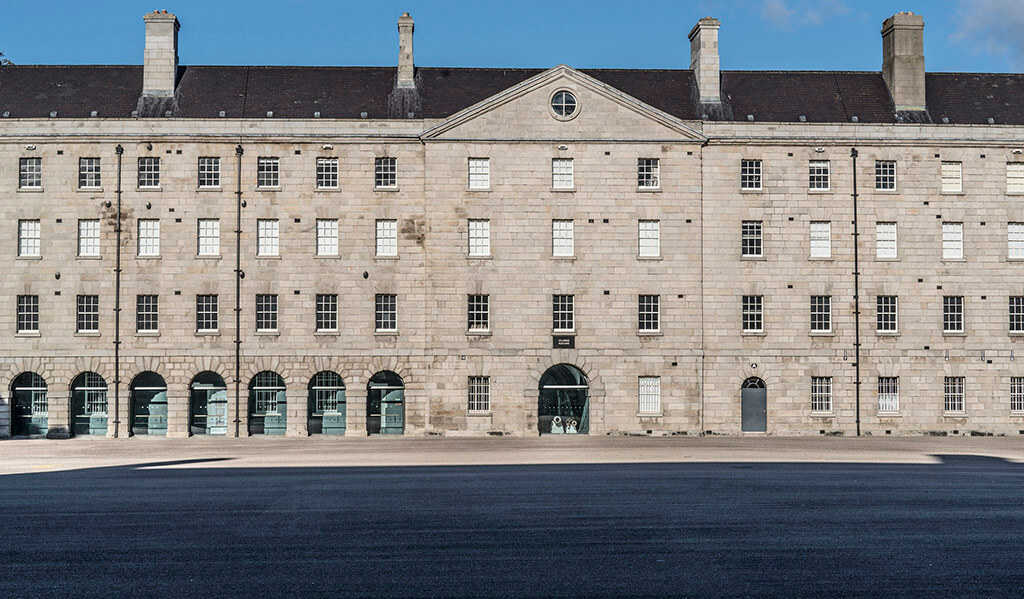
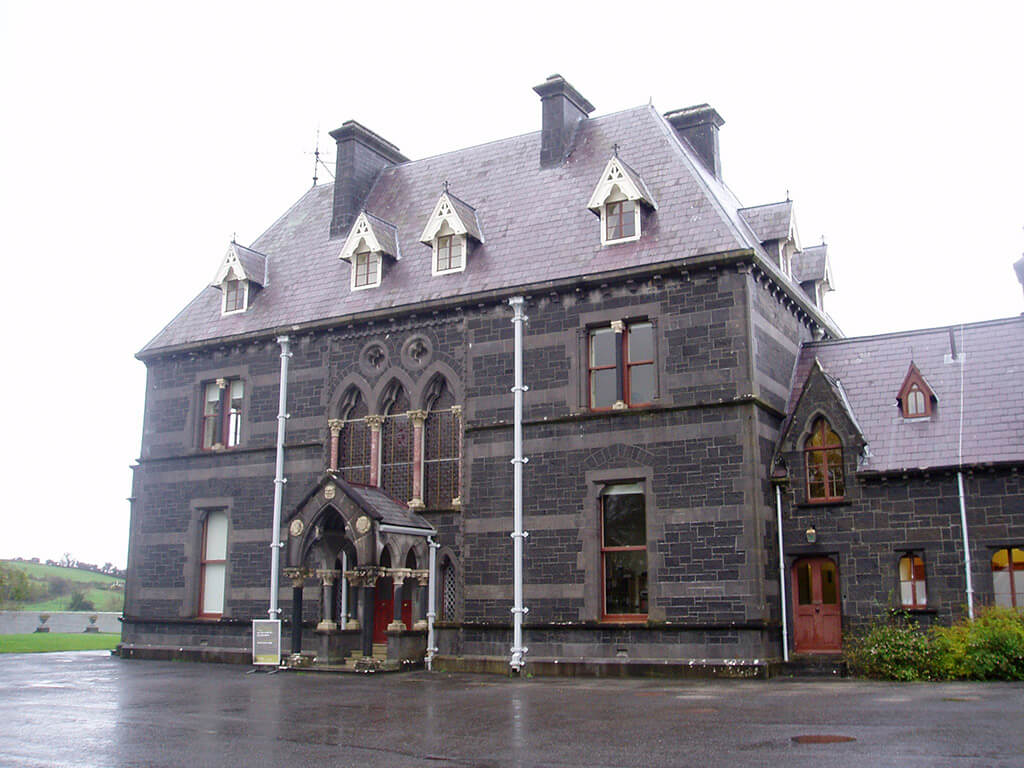
 Armando Olivo Martín del Campo / Wikimedia Commons / CC-BY-SA-4.0
Armando Olivo Martín del Campo / Wikimedia Commons / CC-BY-SA-4.0 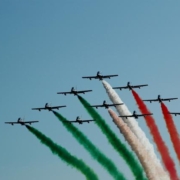

 Yann Caradec / Wikimedia Commons / CC-BY-SA-2.0
Yann Caradec / Wikimedia Commons / CC-BY-SA-2.0 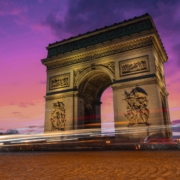 Danilo Alvesd / Unsplash
Danilo Alvesd / Unsplash  Emily Fletke / Unsplash
Emily Fletke / Unsplash  nishiv_shah / pixabay.com / CC0
nishiv_shah / pixabay.com / CC0 Amanda Susan Munroe / commons.wikimedia.org / CC BY-SA 3.0
Amanda Susan Munroe / commons.wikimedia.org / CC BY-SA 3.0
Leave a Reply
Want to join the discussion?Feel free to contribute!